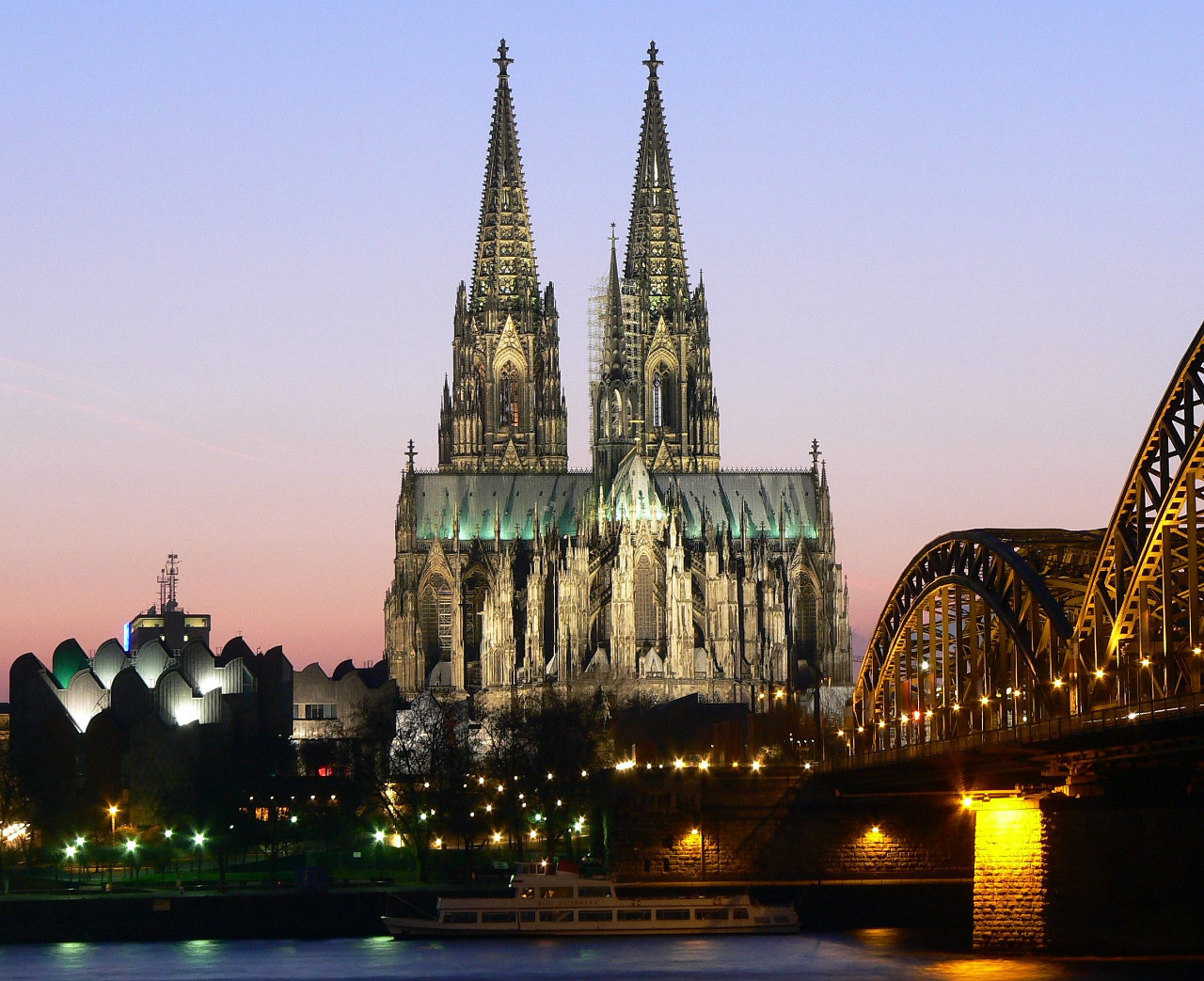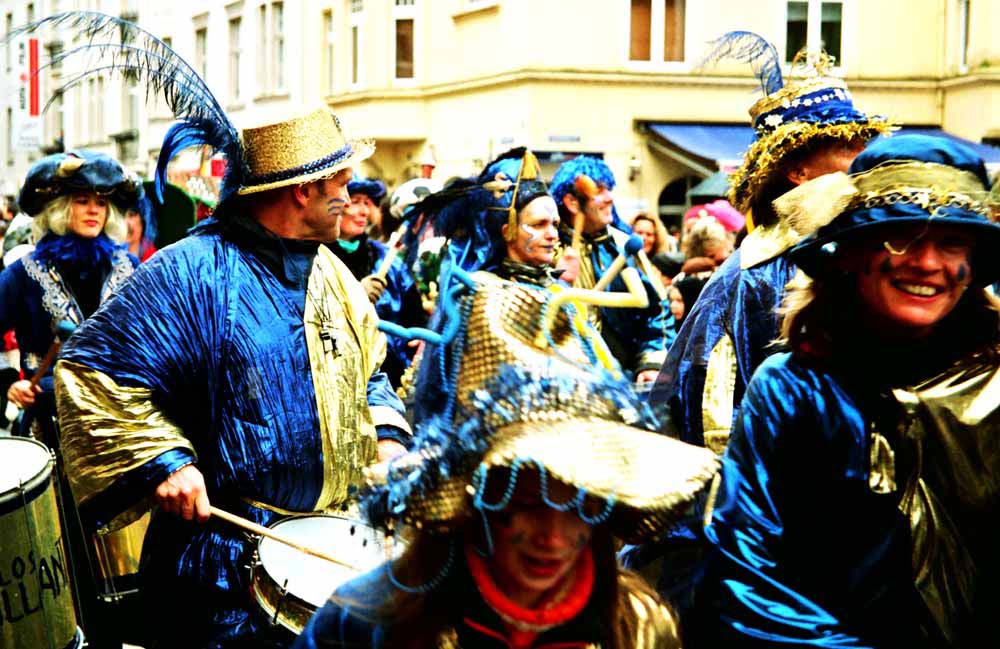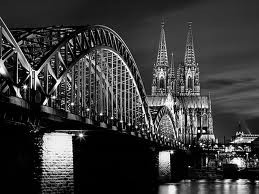About Cologne
Cologne’s history traces back more than two millennia. Founded as Roman colony, the town flourished in the Middle Ages. Various powers soon gained influence on the town which up to the present days developed into a cosmopolitan city.
 The Cologne Cathedral "Kölner Dom" is one of the architectural masterpieces of mankind. Declared a World Cultural Heritage Site as a perfect example of Gothic construction, the Cologne Cathedral is the symbol of the metropolis on the Rhine. And with about six million visitors a year, Germany's largest Cathedral is also the country's most popular architectural monument. Its size is emphasized by a gigantic pair of towers that dominated the city panorama since their completion in 1880. Still today, the Cathedral is the highest building after the telecommunications tower.
The Cologne Cathedral "Kölner Dom" is one of the architectural masterpieces of mankind. Declared a World Cultural Heritage Site as a perfect example of Gothic construction, the Cologne Cathedral is the symbol of the metropolis on the Rhine. And with about six million visitors a year, Germany's largest Cathedral is also the country's most popular architectural monument. Its size is emphasized by a gigantic pair of towers that dominated the city panorama since their completion in 1880. Still today, the Cathedral is the highest building after the telecommunications tower.
Cologne Philharmonic Hall, which was opened in 1986, is located close to Cologne Cathedral. Concerts are staged almost every day in this ultramodern concert hall, which is shaped like an amphitheatre. Cologne Philharmonic Hall has been the home of the Gürzenich Orchestra of Cologne since 1986. This ensemble is one of Germany's leading orchestras. Its name refers to Cologne's historic banqueting hall, the Gürzenich, in which concerts were held from 1857 on.
 Carnival, which is known as "Fastelovend" in the local Kölsch dialect, plays a very important role in Cologne. In line with this year's motto "Zokunf - Mer Spingkse, Wat kütt", the costumed "fools" will celebrate Carnival 2014 in Cologne, which will start as tradition prescribes at 11:11 a.m. on 11th November. Here are a few explanations for the "crazy" number 11: According to tradition, the number 11 symbolizes foolishness, because one fool next to another fool adds up to a foolish unity. The German word for 11, "elf", recalls the motto "Egalité, Liberté, Fraternité" (equality, liberty, fraternity). And finally, 11 also stands for the Eleventh Commandment, which turns all the rules upside down.
Carnival, which is known as "Fastelovend" in the local Kölsch dialect, plays a very important role in Cologne. In line with this year's motto "Zokunf - Mer Spingkse, Wat kütt", the costumed "fools" will celebrate Carnival 2014 in Cologne, which will start as tradition prescribes at 11:11 a.m. on 11th November. Here are a few explanations for the "crazy" number 11: According to tradition, the number 11 symbolizes foolishness, because one fool next to another fool adds up to a foolish unity. The German word for 11, "elf", recalls the motto "Egalité, Liberté, Fraternité" (equality, liberty, fraternity). And finally, 11 also stands for the Eleventh Commandment, which turns all the rules upside down.
Here you find further information


